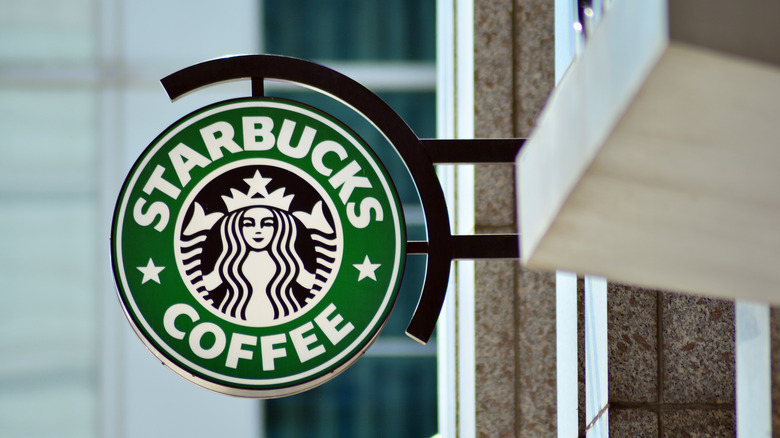How Italian Culture Inspired Starbucks To Add Lattes To Its Menu
In Italy, coffee is just as essential, if not even more important than water. As Eataly so cleverly puts it, in Italy, your day centers around the coffee you drink, not the meals you eat. Breakfast typically includes a pastry such as a croissant and a milk-based beverage like a cappuccino, caffè latte, or latte macchiato. According to Eataly, milky coffees are never enjoyed after 11 a.m. in the country. So, now you know how to not look like a tourist the next time you're exploring the streets of Florence or Tuscany.
In 2020, World Atlas reported that those who live in Italy consume a massive 13 pounds of coffee per year. This tracks given the important role the drink plays in the culture and their sense of community. Per Eataly, it's not unusual for Italians to sip on two to three espresso shots following lunch and dinner. Grabbing after-work drinks even takes on a different meaning in the boot-shaped country. Sometimes, friends and co-workers will meet for an espresso instead of an alcoholic beverage at the end of the work day. This way of life is so paramount it even went on to inspire the first Starbucks coffeehouse and menu.
The caffè latte was the first drink on the Starbucks menu
Did you know that, for the first 12 years of its life, Starbucks didn't sell physical cups of coffee? From 1971 to 1983, Starbucks strictly sold whole bean coffee, tea, and spices, and a line of home goods like coffee makers, grinders, and teapots (via Starbucks Stories & News). Cappuccinos, lattes, and iced coffee, let alone Frappuccinos, were not available in those early days. However, customers were able to preview freshly brewed black coffee before purchasing the beans in bulk.
So, what convinced Starbucks to take the leap from being a retail business to a café? In 1983, Howard Schultz, the director of operations and marketing, took a trip to Milan where he got to experience the livelihood of Italian café culture firsthand. To say Schultz was enchanted by what he experienced would be an understatement. He left Italy inspired and began brainstorming ways that Starbucks could mirror that same magic. Thus, the idea for Starbucks coffeehouses was born. The first opened in Seattle with a caffè latte on the menu. Schultz went on to open his own line of coffeehouses, but came back as Starbucks CEO in 1987, per his Starbucks bio page. And the rest, as they say, is coffee history.

